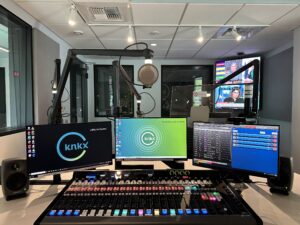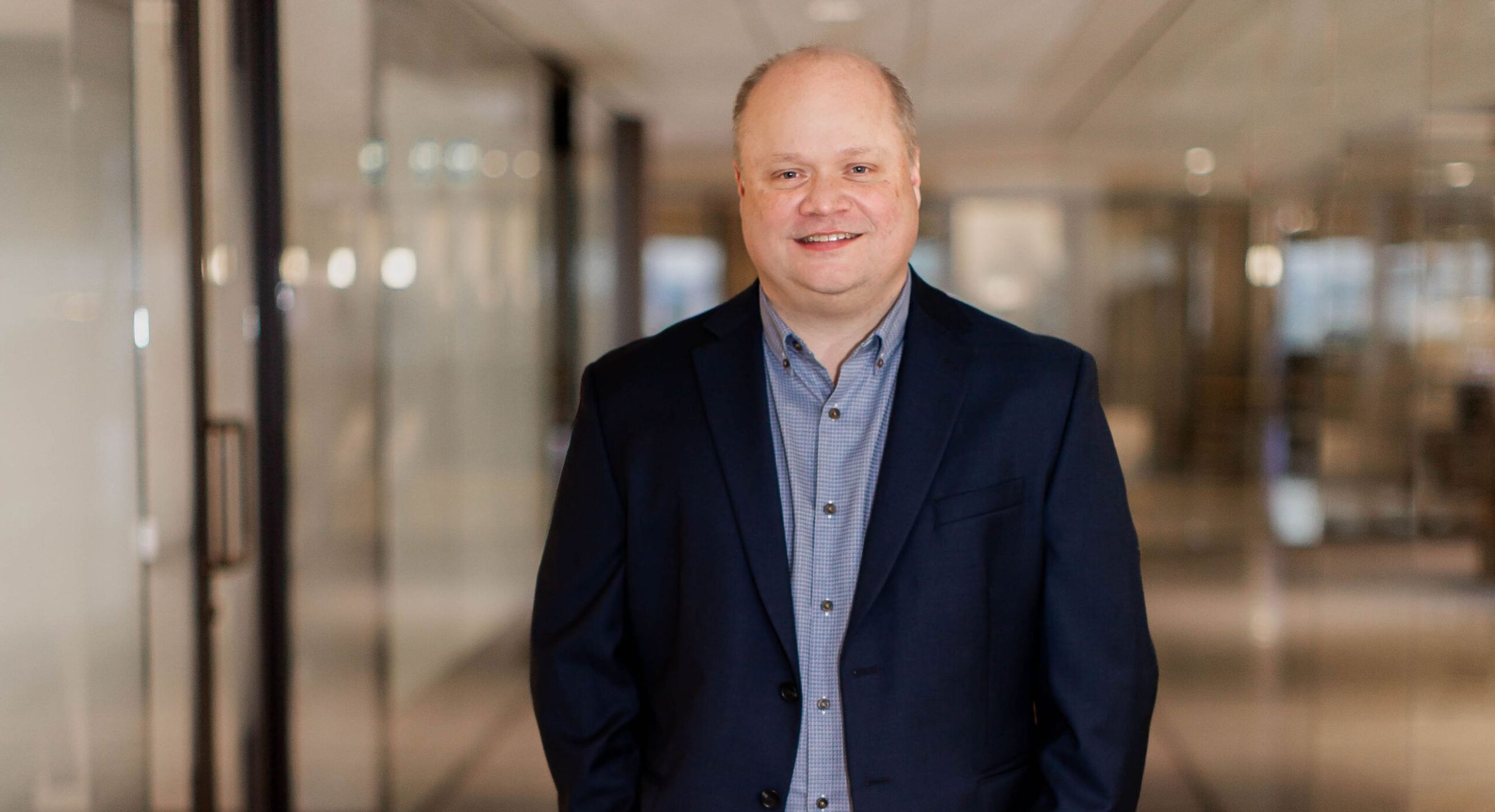DM: First, I’m curious. What is the deal with pilots and broadcast engineers? I hear you are a pilot and I can’t help but notice there seems to be an awful lot of pilots in the industry.
EU: I am, and it’s a funny because there’s a huge pilot’s convention in Oshkosh, Wisconsin, every summer where they get over 500,000 attendees. Every year I’m wandering around at this convention for a week, and I can’t tell you how many people I recognize from the industry. There does seem to be more pilots than usual in broadcasting, maybe it’s our mindset.
 DM: Let’s talk about what you see happening in the industry in your travels as a systems integrator. By the way, congrats on your new firm, Utter Systems. Sounds like you’re returning to your roots?
DM: Let’s talk about what you see happening in the industry in your travels as a systems integrator. By the way, congrats on your new firm, Utter Systems. Sounds like you’re returning to your roots?
EU: That’s right. For years I really hadn’t had the time to be all that hands-on with projects [as a partner in ZTransform, originally Utter Associates]. I decided to spin off on my own and focus more on the mid-sized projects. I’m now more hands-on with projects and doing all those things I like to do as a full-service integrator, from consulting, designing and implementing studios to providing the tech support that is so critical in today’s market.
DM: There is certainly a need for engineering help at all levels these days. What many people don’t realize is that we see a lot of those mid-sized projects and small market projects here at Wheatstone.
EU: True. Wheatstone fills in the gap for many of these installs. It’s interesting sitting here between the manufacturer and the customer because if I have this right, the Wheatstone approach is to give them the same big market technology, but simplified so it’s easy enough to install and use. That really serves these markets well.
DM: You’re right. Glad you see that. So, what should be top-of-mind right now for all broadcasters?
EU: On the commercial side, hubbing stations [into one centralized studio facility] and that type of technology refresh is happening. Remote voicetracking is completely mature. It’s been done for a long time and now you have hosts from another state, and they voicetrack it all. Considering that has been a mature, well-understood way to geographically disperse talent, it seems the next stop would be to move the entire studio, whether in the cloud or through some kind of consolidation effort. I’m going to guess that’s where it’s all going.
DM: You’ve spent a lot of time in public radio studios. What’s happening there now with the funding cuts?
EU: Public stations are also talking about consolidating, where maybe three PBS stations can join forces with the other four PBS stations in the state, and share studio space. No one knows how it will play out yet, but the bigger concern is the day-to-day operational cost for these stations now that CPB funds have been cut. The surprising and interesting thing is that many immediately did emergency fundraising after the CPB announcement, and what they found is raising funds for capital projects is a lot easier than raising funds for operational expenses. Donors are far more generous with capital projects and part of it is they know that their name will be attached to a studio or stadium for years to come.
DM: Does that mean we’ll see smaller studios and studio spaces?
EU: The TOC footprint is getting smaller, definitely. Where I’m seeing growth is with these performance venues where they’re bringing artists in and if they have the budget to build it, maybe an audience too. Live music venues and studios are where I’m seeing investments in square footage going up.
 Then there’s visual radio, which has changed a bit recently. Early on it was mostly talk formats doing visual radio. That’s still a thing but now, in the bigger markets, there seems to be some modest investment in performance studios to bring in artists, shoot a video for YouTube, and drive more people to the station. That has been heating up over the past five years, especially in noncommercial, but we’re now seeing this in the commercial sector to some degree.
Then there’s visual radio, which has changed a bit recently. Early on it was mostly talk formats doing visual radio. That’s still a thing but now, in the bigger markets, there seems to be some modest investment in performance studios to bring in artists, shoot a video for YouTube, and drive more people to the station. That has been heating up over the past five years, especially in noncommercial, but we’re now seeing this in the commercial sector to some degree.
DM: From a macro point of view, what technology should broadcasters be paying attention to?
EU: On the sound side, the tech is fairly well mature now. Audio over IP has been going on for some time. It’s mature, it’s stable, we’re all comfortable with it. Go into any small station even, and it’s a big shrug. But in the video world, video over IP is still immature, and incredibly complex and expensive. Bandwidth is the biggest part of it. What I find interesting is that because layering audio on top of video in a facility is all AES67, that is a very comfortable place for everyone. I have very mixed feelings about SMPTE 2110, but one good thing is when you go to integrate your audio mix suite, that’s easy. That’s one piece that goes well.
DM: Before I let you run, tell me about that whole creative process that takes place on a project like KNKX (Warehouse Turned Studios for KNKX) and in particular, that whole divide between talk and music in radio.
EU: Right. Every station faces those differences between music and talk. In this case, half of the day it’s Jazz and the other half of the day it’s talk and news, so they have this dividing line where you have the news people on the one hand and the music people on the other, and their priorities are 100 percent different from each other. This is where I get to be creative with layout, presets, scripting, that sort of thing.
My favorite day on a project is when I bring people over to the new studios. The day is always the same: the staff comes in and there’s a mix of excitement and anxiety, and you just know they’re thinking, “Is this going to be a problem?” “What about that?” But at the end of the day it’s all smiles and high-fives.
DM: Thanks for talking to us, Erik, and high-five from Team Wheat for making our equipment look good out there.




